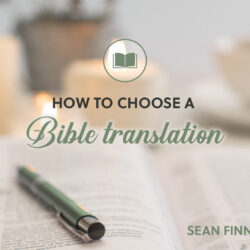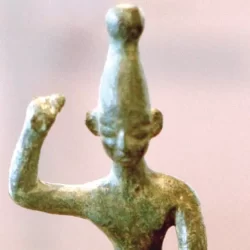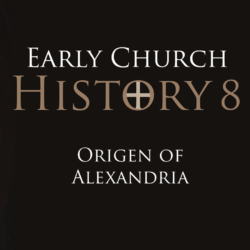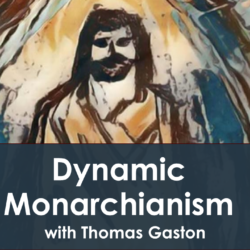Up until now we’ve focused our attention on the text of Scripture. We took five episodes looking at the Hebrew Bible, including it’s sources, transmission, and how textual scholars go about deciding the initial text. Then for the last seven episodes we did the same for the New Testament, examining the surviving source material and looking at the work of textual criticism. Now, we are in a good position to shift gears and turn to the whole world of translation. As it turns out, English Bible translators divide into two broad styles of translation: formal equivalence and dynamic equivalence. In this episode we’ll explore these two translation philosophies and the trade offs each makes in order to produce English Bibles.
—— Books ——
- The Complete Guide to Bible Translations by Ron Rhodes
- Essential Guide to Bible Versions by Philip W. Comfort
- The Journey from Texts to Translations by Paul D. Wegner
- How to Choose a Translation for All Its Worth by Gordon Fee and Mark Strauss
- The Art of Bible Translation by Robert Alter
- How We Got the Bible by Neil Lightfoot
- The Theory and Practice of Translation by Eugene Nida
—— Links ——
- Andi Wu, “A Quantitative Evaluation of the Christian Standard Bible”
- Check out all the lectures in How We Got the Bible
- See what other classes are available here or on the Restitutio Classes podcast (subscribe in Apple, Spotify, RSS feed)
- If you’d like to support Restitutio, you can donate here.
- Intro music: Good Vibes by MBB Attribution-ShareAlike 3.0 Unported (CC BY-SA 3.0) Free Download / Stream: Music promoted by Audio Library







Hey Sean, You showed some concern in episode 342 about possibly losing some regular listeners to the manuscript lectures. Maybe this isn’t the norm, but I actually hopped on for those lectures, and now I’m seeing all the other fascinating subjects you have on Restitutio. I’ve learned a lot so far and look forward to future episodes.